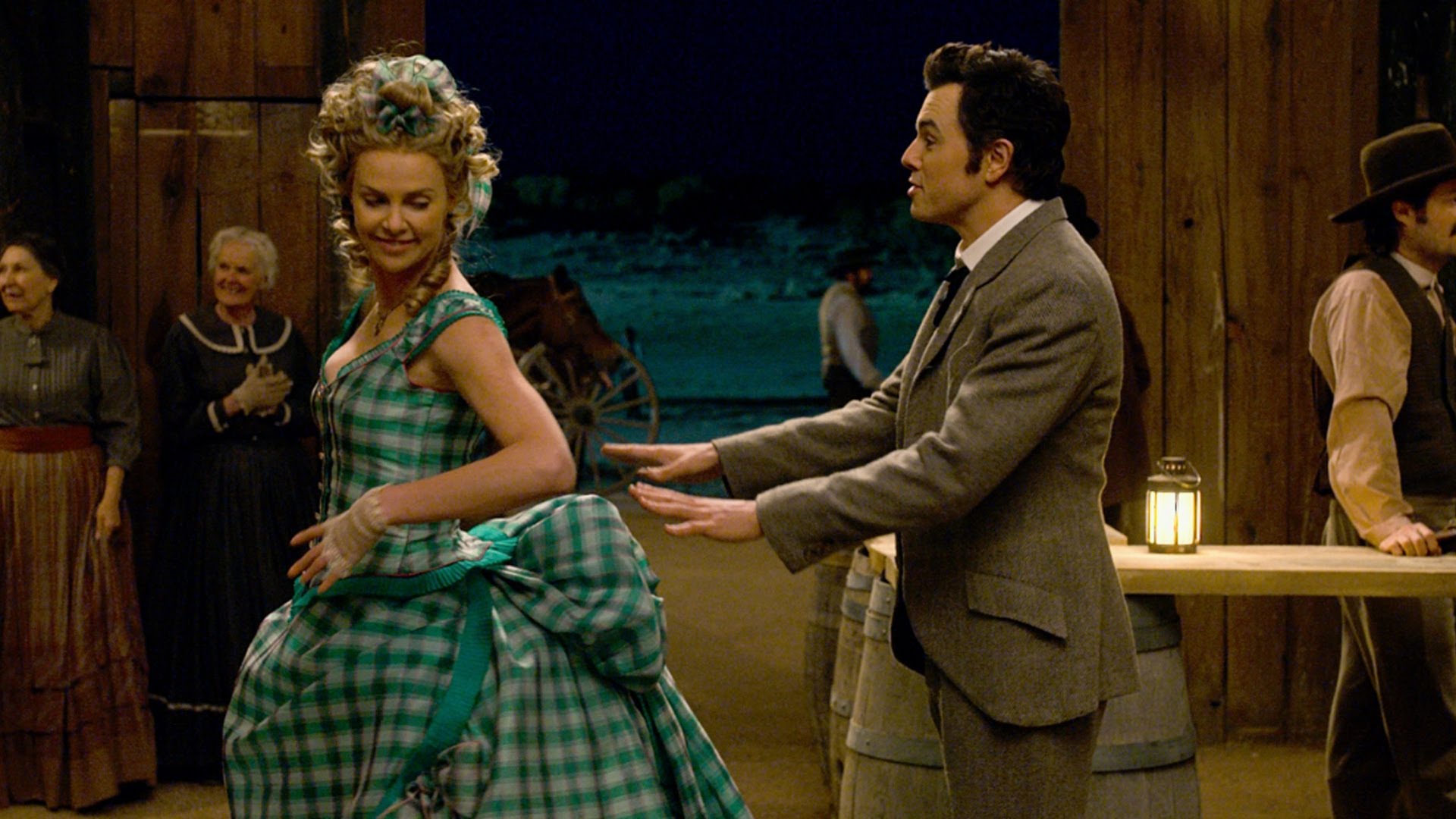
Bridges’s sweaty armpits and demeanor are not some proto-Lebowski window dressing like the offhand loathing in Arquette’s voice and glare, they’re as lived-in as dirty laundry. Breaking down the hoary dynamic of a private cop entangled with an upmarket hooker working her way to madam, the two dive into their parts with the fortitude of long-distance drunks competing in a blackout triathlon. The pungent acting of Jeff Bridges and Rosanna Arquette generates a steady pressure against the pop-thriller form: 8 Million Ways to Die’s commercial intentions take a backseat to a lifelike undertow of cruddy, hemmed-in despair and self-abnegating laceration.

And the big standoff is in an empty Long Beach warehouse, a scene whose rising absurdity floats through the plot holes and comes out on the other side of Pulp Fiction (1994) and Ben Wheatley’s recent Free Fire-a clusterfuck of miscalculations and missed cues instead of a composed or slapstick bloodbath. The precarious Malibu hillside house with a trolley, serving as a private casino/brothel the PoBoys supermarket in Compton, where dope is stashed in decorative fireplace logs the proud villain’s new home, in the process of being renovated as an homage to Gaudi (he can’t shut up about it). Its slouching posture suggests an affinity for Robert Altman’s loser-reverie The Long Goodbye (1973), updated with all the cold accoutrements of mid-’80s Hollywood power-tripping: would-be big-shots in louche suits, peroxided women in slinky dresses and puffed-out hair, with ample cocaine to socially lubricate all the aspirational-delusional gears betwixt and between.įive examples of the movie’s commitment to a candid, non-rote view of the greater LA basin: The long opening helicopter shot under the credits, through uninviting smog and over ugly-beautiful freeways at sunset, touching down on a police raid that takes a shortcut through Beth Israel Cemetery.

Draping itself in the moody trappings of neo-noir action-romance, it boasts minimal action and its romantic pièce de résistance features a drunken failed seduction that culminates with the femme fatale vomiting down the hero’s pants.


IF YOU SAW 8 MILLION WAYS TO DIE (1986) via the movie equivalent to Downbeat Magazine’s Blindfold Test-sans credits, prior knowledge, or preconceived context-it could seem like a film that had come unstuck in time. Hal Ashby, 8 Million Ways to Die, 1986, 35 mm, color, sound, 115 minutes.


 0 kommentar(er)
0 kommentar(er)
